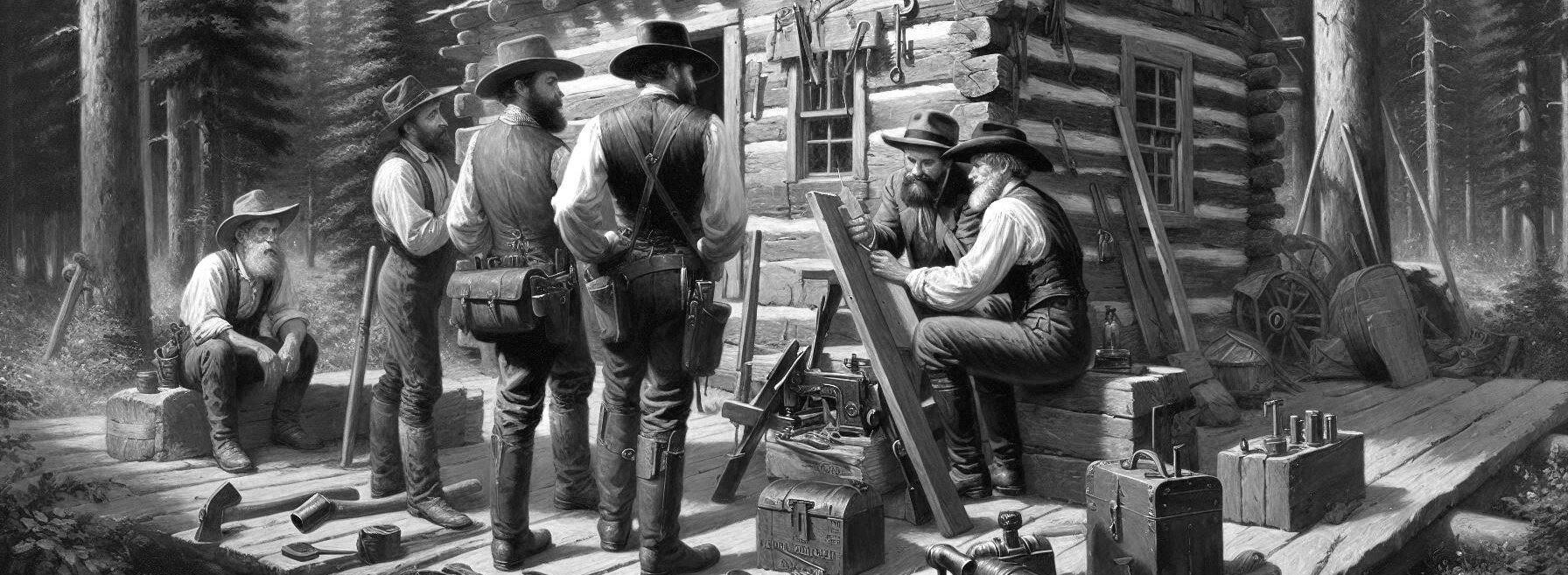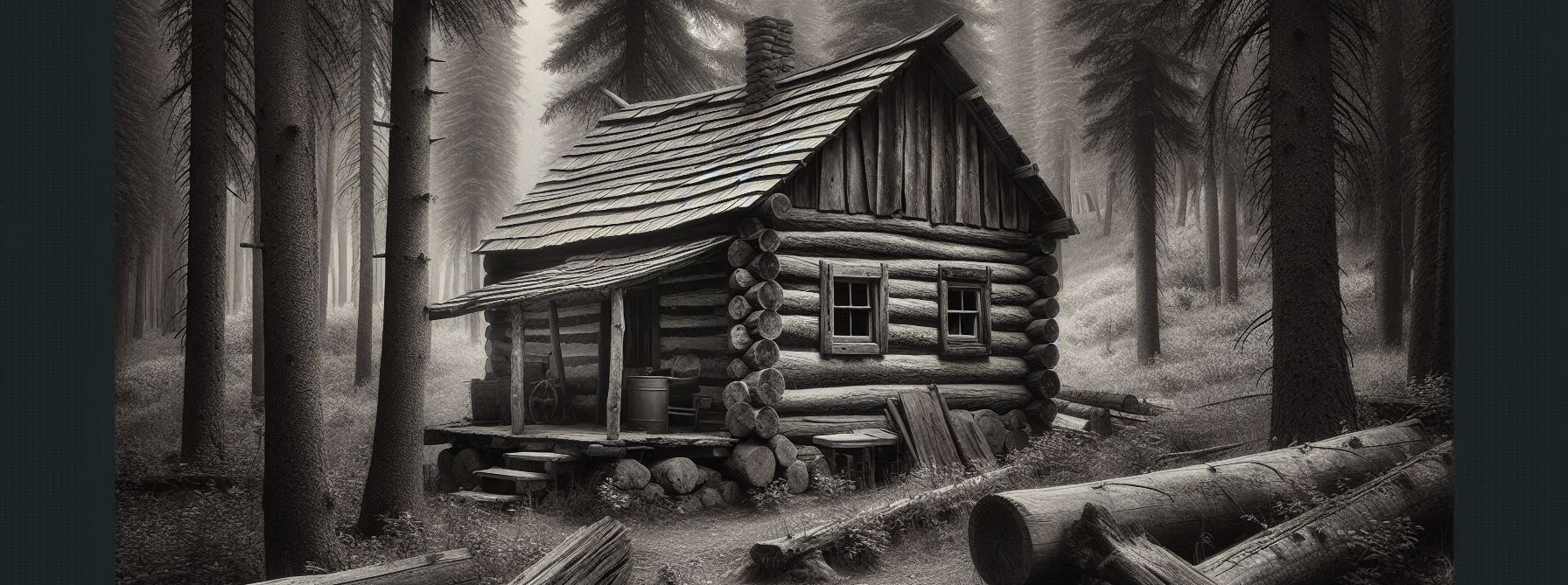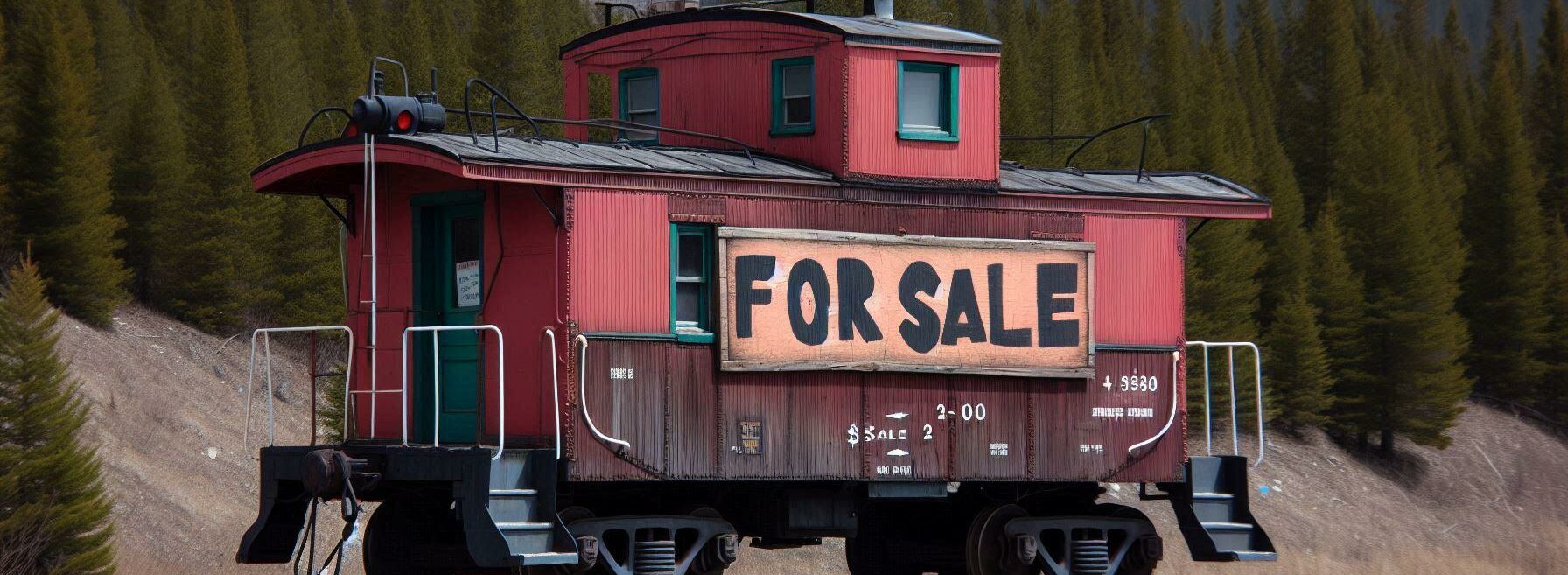Building a cabin in the 19th century required a variety of tools, each with a specific purpose. These tools were essential in transforming raw materials into a sturdy and functional home. Below is a comprehensive list of the key tools used during this era and their specific uses.
The Axe
The axe was one of the most indispensable tools for cabin building in the 19th century. It was used primarily for felling trees, which provided the necessary logs for constructing the cabin. Additionally, the axe was employed for hewing, a process where the round sides of the logs were flattened to create better-fitting walls. Different types of axes, such as felling axes and broad axes, were used for specific tasks.
The Saw
There were several types of saws used in the 19th century, each serving a distinct function in cabin building:
- Crosscut Saw: This saw was used to cut logs to the desired length. It required two people to operate and was crucial for processing timber felled by the axe.
- Rip Saw: Designed for cutting along the grain of the wood, the rip saw was used to split logs into planks and boards for flooring, roofing, and other structural elements.
The Adze
The adze was a tool similar to an axe but with a curved blade set at a right angle to the handle. It was used for shaping and smoothing wooden surfaces, particularly for hollowing out and finishing beams and logs. The adze allowed for fine adjustments to ensure a snug fit between logs.
The Drawknife
The drawknife was a versatile tool used for removing bark and shaping wood. It consisted of a blade with handles on both ends, allowing the user to pull it towards them. This tool was particularly useful for crafting smooth, rounded surfaces and for creating notches in the logs where they would interlock.
The Auger
Hand-powered augers were essential for drilling holes in wood. These holes were necessary for inserting wooden pegs or dowels, which held the logs together in the absence of nails. Augers came in various sizes, allowing builders to create holes of different diameters depending on the task at hand.
The Chisel
Chisels in various sizes were used for fine woodworking tasks. These included creating mortises and tenons, carving out intricate joinery, and detailing decorative elements of the cabin. Chisels were often paired with wooden mallets to deliver precise, controlled strikes.
The Mallet
A wooden mallet, typically made of hardwood, was used in conjunction with other tools like chisels and wedges. It provided the necessary force to drive these tools into the wood without causing damage, unlike a metal hammer which could splinter the wood.
The Fro
The fro was a specialized tool used for splitting wood along the grain. It consisted of a long blade with a handle set perpendicular to it. By driving the fro into a log with a mallet and levering the handle, builders could split logs into shingles, planks, or laths.
The Plane
Hand planes were used to smooth and flatten wooden surfaces. They were essential for finishing floors, walls, and other surfaces to achieve a refined look. Different types of planes, such as jack planes and smoothing planes, served various purposes in the cabin-building process.
The Brace and Bit
This tool was an early form of a hand drill, consisting of a U-shaped brace and interchangeable bits. It was used for boring holes into wood, similar to an auger but often for smaller, more precise holes. The brace and bit were particularly useful for joinery and cabinetry within the cabin.
The Hammer
While nails were not as commonly used as wooden pegs, hammers were still necessary for various tasks. They were used to drive nails into wooden planks, secure roofing materials, and perform general repairs around the cabin.
The Wedge
Wedges made of wood or metal were used in conjunction with mallets to split logs and large timber. They were also used to help lever and position large logs during construction, ensuring they were properly aligned and secured.
The Spokeshave
The spokeshave was a small hand tool used for shaping and smoothing wooden rods and shafts. It was particularly useful for creating rounded edges and fine detailing on wooden components.
The Level
Ensuring that the cabin was built on a level foundation was crucial. Builders used spirit levels, which contained a bubble in a liquid-filled tube, to check the horizontal and vertical alignment of logs and other structural elements.
The Square
Carpenter’s squares, including framing squares and try squares, were used to ensure right angles and proper alignment during construction. They were essential for tasks such as marking cut lines and checking the squareness of joints.
The Measuring Tape
Accurate measurements were vital for ensuring that all components of the cabin fit together correctly. Measuring tapes, often made of fabric or metal, allowed builders to measure lengths and distances with precision.
The Peavey
A peavey was a logging tool with a pivoting hook and a pointed spike. It was used to roll, lift, and position logs, making it easier for builders to handle large timber during construction.
The Shovel
Shovels were essential for preparing the cabin site, digging foundations, and moving soil and other materials. They were also used for tasks such as creating drainage systems around the cabin.
The Hoe
Hoes were used for leveling the ground and clearing vegetation on the cabin site. They also helped in smoothing out the soil for a stable foundation.
The Wheelbarrow
Although a relatively simple tool, the wheelbarrow was indispensable for transporting heavy materials, such as logs, stones, and soil, around the construction site with ease.
The Trowel
Trowels were used for applying and smoothing mortar when building stone foundations or chimneys. They were essential for ensuring a solid and level base for the cabin’s structure.
In conclusion, the construction of a cabin in the 19th century was a labor-intensive process that required a wide range of tools, each with a specific purpose. From felling trees and shaping logs to smoothing surfaces and ensuring precise measurements, these tools were integral to transforming raw materials into sturdy, livable homes. The ingenuity and craftsmanship of 19th-century builders are evident in the enduring structures they created, many of which still stand today as a testament to their skills and resourcefulness.





